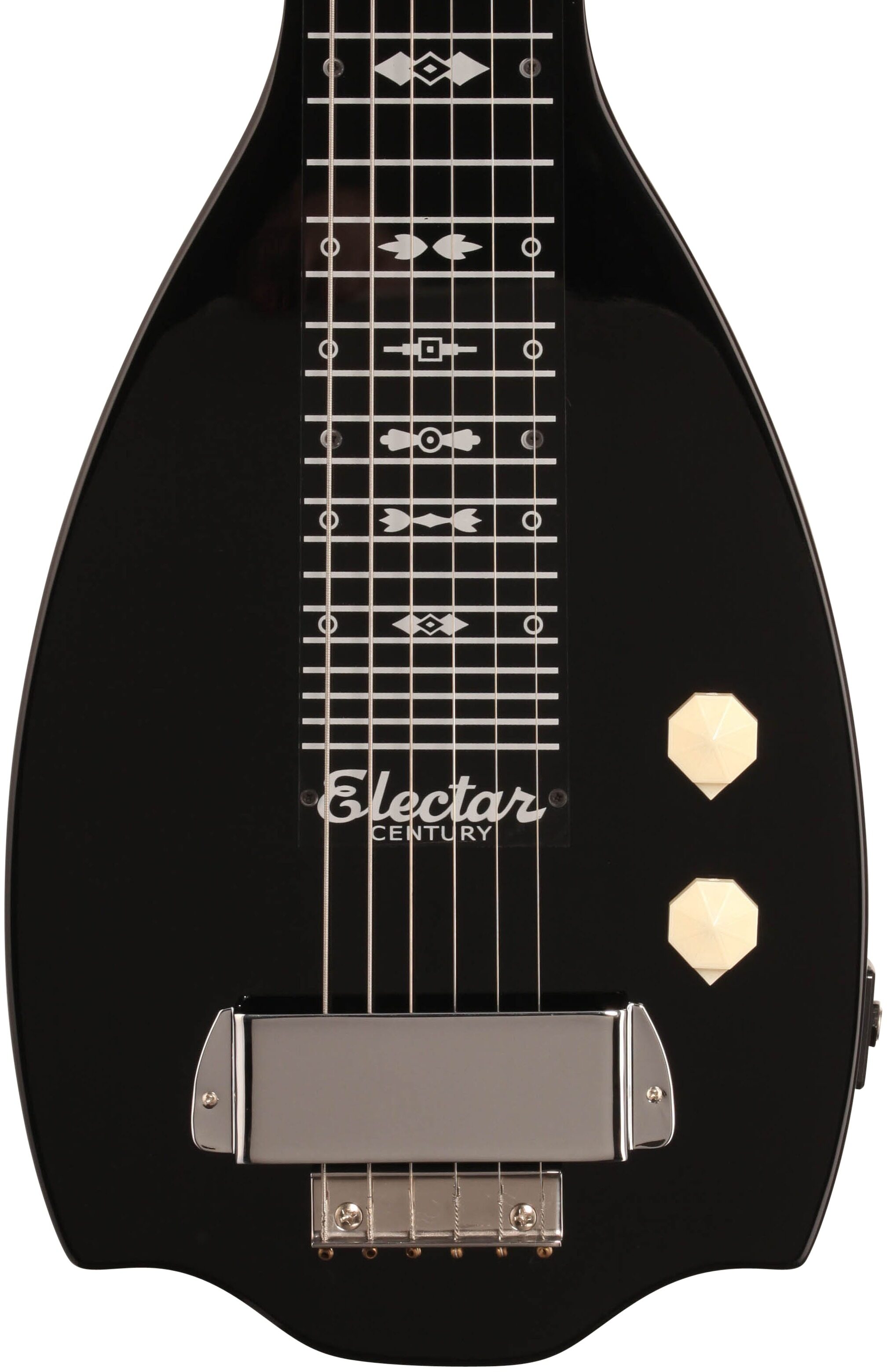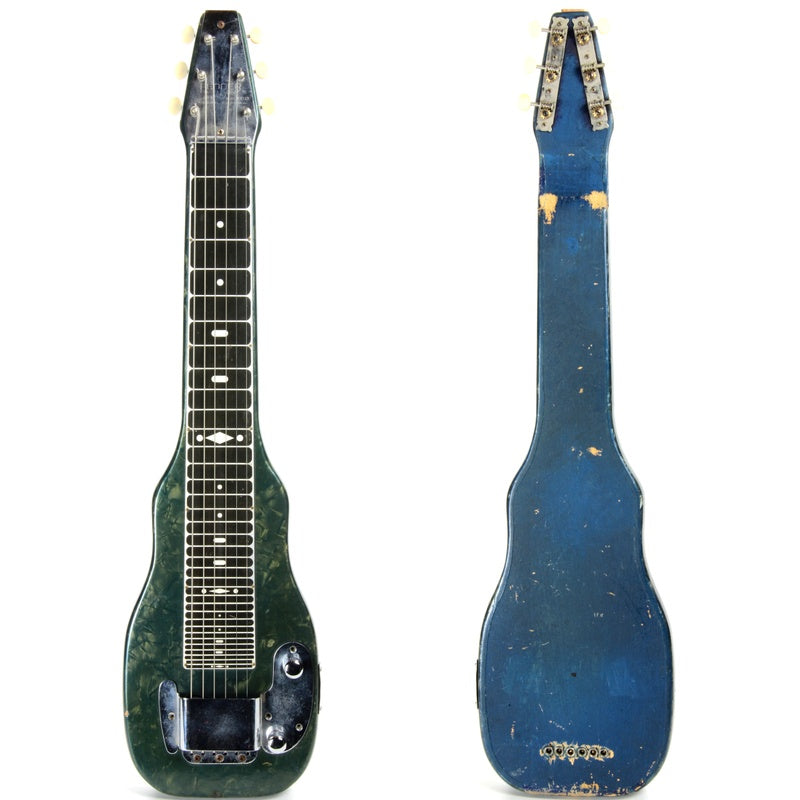

The Fender style tone stacks are VERY interactive. I've read that Jimmy Day used #3 on his Webb as well. You want to drive those FET's in the Webb a bit so keep it cranked up. The more you crank it, the fatter and warmer the sound. In my experience, the more you back down that Webb sensitivity knob, the more thin and bright the sound. Your Fender guitars surely won't be that hot.
#FENDER CHAMPION LAP STEEL REISSUE FULL#
The sensitivity control is meant to be full on unless you happen to be sending the amp a very hot signal. You can still get some mid dipping with the 3 tone controls and if you want to use it, the graphic EQ. That's the "flat" setting with no mid dip. Your choice of the Webb #3 setting makes sense. Older steel pickups are generally lower impedance which also means that they don't need so much mid cutting.

The Webb's #2 midrange dip is HUGE, I mean HUGE. just looking for the most technically logical starting settings for this Fender guitar. Technically, what would be the occasion for backing this setting down? And, what would be the practical lower limit. recommends starting with the Sensitivity control set wide open (on 10). Does this make sense to you?Īlso, the booklet that came with the amp.

With these thinly wound pickups, it seems that I must set the Tone Selector on #3 or I cannot dial in any acceptable tone.
#FENDER CHAMPION LAP STEEL REISSUE PROFESSIONAL#
I also use my Webb 6-14E (4 ohm JBL) for Hawaiian music on my Fender Dual Professional (trapezodial pickups). My vote (currently) for the Twin is to keep that slope resistor at 100k. The mid dip frequency and amount is the key to the general "voicing" of an amp it seems. It's also where the Webb puts it's #1 setting dip, however the Webb's dip is HUGE where the Evans and Standel are less extreme. I think that's also where the Standel's have their dip. I analyzed an older Evans LV amp and it had a dip down around 375Hz. That may be useful for those with modern Peaveys with the sweepable mid control wanting to experiment with different voicings. I guess that's the heart of the Webb voice. Any Webb user (set on #2) will have a HUGE dip at 550Hz. By raising the treble from 3.5 to 5.5, that dip shifts downward. If you think of Lloyd's Twin tone, based on his settings, he's getting a dip at around 800Hz. And there's the Evans HV EQ that has the mid dip also at around 500Hz, but if you add the "depth" control, it bumps that dip on up to around 800Hz. What's got me thinking lately is how the Webb has that dip firmly fixed at 550Hz, regardless of your tone settings. So early attempts to get the mid dip shifted from 500Hz to 800Hz by altering the value of the slope resistor were unnecessary as this shift happens automatically if you have a typical steel EQ setting with the treble at around 3.5-4. By changing the slope resistor to 56k, that mid dip rolls up even higher up around 1kHz, perhaps too high. Then when I set the EQ for my steel tone at t-3.5, m-4, and b-5, that mid dip rolls on up to 800Hz anyway. But this type of tone circuit is "interactive". With the tone controls all at 6, that mid dip was indeed right at about 500Hz. Recently I took a closer look at the actual EQ curve on my Twin (with a stock 100k? slope resistor). The theory was that this would shift the center of the mid-dip up from 500Hz to about 800Hz. Your profile | join | preferences | help | searchīack about a year ago a bunch of us were discussing the changing of the value of the 100k slope resistor in a Fender Twin tone stack to 56k. Classic country shuffle styles for Band-in-a-Box, by BIAB guru Jim Baron.


 0 kommentar(er)
0 kommentar(er)
